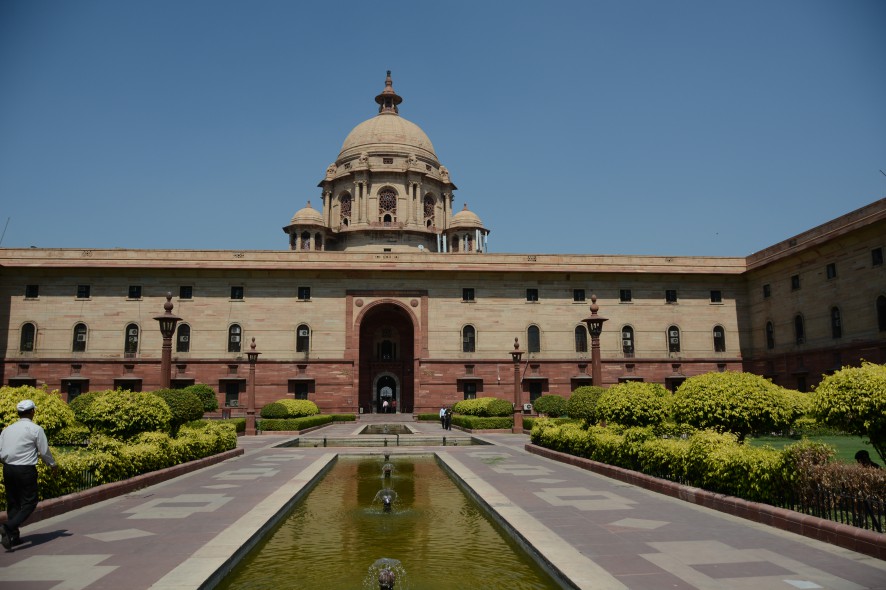The Insolvency and Bankruptcy Code, 2016 (“Code”) received President’s assent on May 28th, 2016. The Code, seeks to consolidate and amend the laws relating to reorganisation and insolvency resolution of corporate persons, partnership firms and individuals in a time bound manner for maximisation of value of assets of such persons, to promote entrepreneurship, availability of credit and balance the interests of all the stakeholders including alteration in the order of priority of payment of Government dues and to establish an Insolvency and Bankruptcy Board of India, and for matters connected therewith or incidental thereto. The Code contains 255 Sections and 11 Schedules.
The Code extends to the whole of India except Part III of this Code shall not extend to the State of Jammu and Kashmir. The provisions of this Code applies to companies, limited liability partnerships, partnership firms, other corporate persons, and individuals, and any other body specified by the Government. Part II of this Code relating to Insolvency Resolution and Liquidation and Liquidation for Corporate Persons applies to matters relating to the insolvency and liquidation of corporate debtors where the minimum amount of the default is one lakh rupees provided that the Central Government may, by notification, specify the minimum amount of default of higher value which shall not be more than one crore rupees.
Section 6 of the Code deals with the provision relating Persons who may initiate corporate insolvency resolution process. The provision states that where any corporate debtor commits a default, a financial creditor, an operational creditor or the corporate debtor itself may initiate corporate insolvency resolution process in respect of such corporate debtor in the manner as provided under this Chapter II. Section 7 further states the provision relating to initiation of corporate insolvency resolution process by financial creditor. The adjudicating authority for insolvency issues of a Company/LLP is prescribed to be the National Company Law Tribunal (“NCLT”) and National Company Law Appellate Tribunal (“NCLAT”), and for individuals and partnership firms, it is the Debt Recovery Tribunal (“DRT”) and Debt Recovery Appellate Tribunal (“DRAT”). The Code mandates that an appeal from an order of the Debt Recovery Tribunal under this Code shall be filed within thirty days before the Debt Recovery Appellate Tribunal and an appeal from an order of the Debt Recovery Appellate Tribunal on a question of law under this Code shall be filed within forty-five days before the Supreme Court. Section 184 provides for Punishment for false information, etc., by creditor in insolvency resolution process i.e. If a debtor or creditor provides information which is false in any material particulars to the resolution professional, he shall be punishable with imprisonment for a term which may extend to one year, or with fine which may extend to five lakh rupees, or with both. Section 185 provides for punishment for contravention of provisions i.e. If an insolvency professional deliberately contravenes the provisions of this Part, he shall be punishable with imprisonment for a term which may extend to six months, or with fine, which shall not be less than one lakh rupees, but may extend to five lakhs rupees, or with both.
The Code under Part IV establishes Insolvency and Bankruptcy Board of India which shall be a body corporate by the name aforesaid, having perpetual succession and a common seal, with power, subject to the provisions of this Code, to acquire, hold and dispose of property, both movable and immovable, and to contract, and shall, by the said name, sue or be sued.
Ministry of Law and Justice






